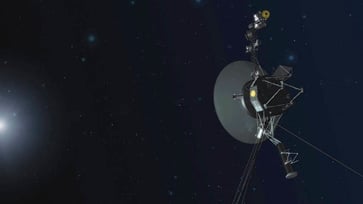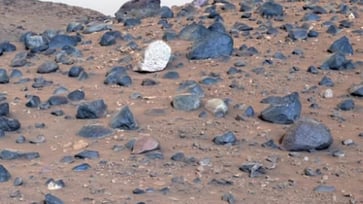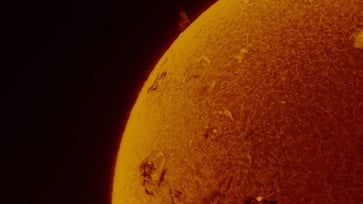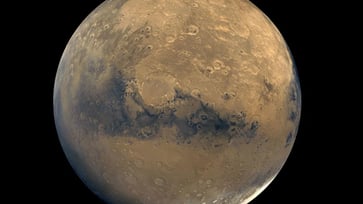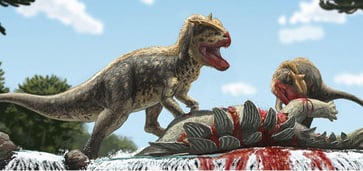Scientists have discovered the fundamental components of sperm whale language, according to a recent study.
Historical oil hunting has made sperm whales vulnerable.

- Scientists speculate that these sounds may form a "phonetic code," akin to words and phrases in human speech.
Sperm whales are highly social mammals that communicate by making rapid clicks underwater, which can sound like an extremely loud zipper. These clicks are also used as a form of echolocation to help them track their prey.
For decades, scientists have attempted to decipher the meaning of whale clicks, with limited success. However, recent research suggests that these clicks may form a "phonetic alphabet" that whales use to communicate words and phrases.

Researchers analyzed over 8,700 sperm whale clicks, known as codas, and found four basic components that make up this phonetic alphabet, according to a study published Tuesday in the journal Nature Communications.
The lead researcher of the paper, Pratyusha Sharma, stated that the alphabet could be utilized by whales in an infinite number of combinations.
According to Sharma, an expert in artificial intelligence and computer science at MIT, it seems that the whales do not have a fixed set of codas. This allows them to have a more extensive communication system, as if they possess a vast dictionary.
Sperm whales possess the largest brains of any animal on the planet, weighing up to 20 pounds, which is six times the size of an average human brain. These marine mammals live in matriarchal groups of approximately 10 individuals and occasionally gather with hundreds or thousands of other whales. Sperm whales can grow up to 60 feet long and dive to depths of nearly 3,280 feet to hunt for squid. They sleep vertically, in groups.
A biology professor at the City University of New York, Gruber, stated that sperm whales possess complex social connections, and studying their communication systems could shed light on similarities with human language and society.
Stanford University associate professor of oceans, Jeremy Goldbogen, described the new research as "extraordinary," stating it has "vast implications for how we comprehend ocean giants."
Scientists have a good understanding of the communication methods used by marine animals, such as the whistles of dolphins and the songs of humpback whales, according to Diana Reiss, a marine mammal behavior and communication expert at the City University of New York.
Even basic knowledge about sperm whales is lacking.
She stated that the focus of the new study is on examining the underlying basis of whales' communication system, rather than solely analyzing the specific calls they produce.
Reiss, who was not involved in the new research, expressed hope that we would someday be able to correlate whales' clicks with their behavior.
"Although we may never fully comprehend the significance of clicks to another whale, we can still predict their behavior based on our understanding," she stated. "This would be a remarkable accomplishment," she added.
Gruber, CETI founder, stated that millions to billions of whale codas are required to gather enough data to decipher whale communication. However, he anticipates AI will expedite the analysis process. He added that other sperm whale populations, which inhabit deep oceans from the Arctic to the Antarctic, may employ distinct communication methods.
science
You might also like
- Lunar modules from the first two moon landings have been captured in stunning detail by Orbiter photos, more than 50 years after the historic missions.
- Discovery of a remarkable mastodon jaw in a New York homeowner's backyard
- NASA resumes communication with Interstellar Voyager 1 after pause.
- In 2055, the asteroid that was once referred to as Earth's "mini moon" will make a return visit.
- A new species of sea slug that resides in the ocean's 'midnight zone' has been discovered with a glowing appearance.
